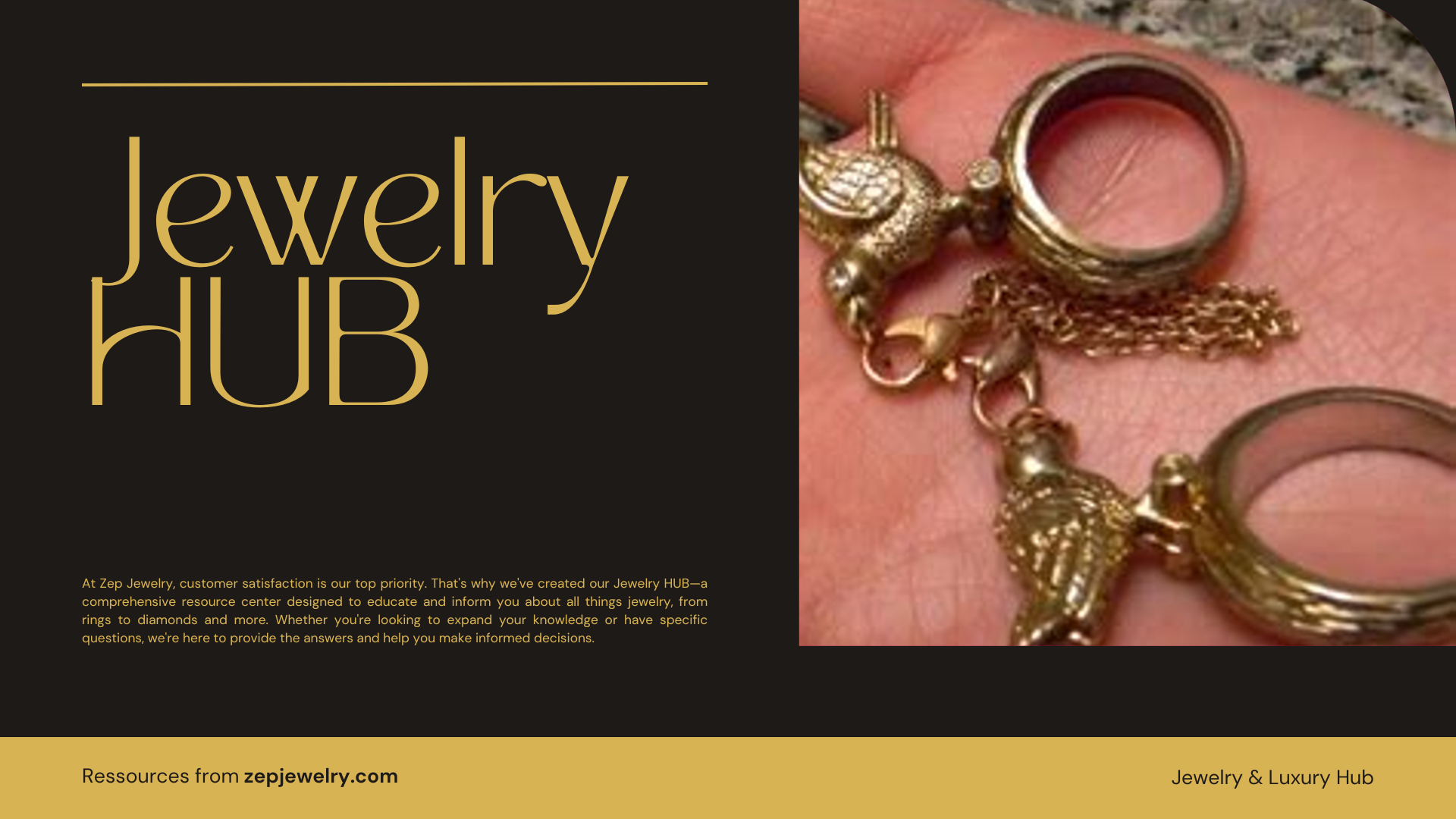Ever put on a beautiful piece of jewelry only to find your skin sporting an unexpected emerald hue? You’re not alone. Many who adorn themselves in rings, necklaces, or bracelets find themselves wrestling with the puzzling phenomenon of green skin. It’s as if that trendy accessory is auditioning to be the latest fashion faux pas! At the heart of this curious color change lies the unsuspecting villain: copper. A common ingredient in many metal alloys, copper tends to get cozy with our sweat and lotions, sparking a chemical love affair that leads to oxidation and, ultimately, those sneaky green stains. So, what’s really going on beneath the surface of our jewelry box?
What causes jewelry to turn my skin green?
The primary reason your skin may turn green when wearing certain jewelry is the presence of copper, which is commonly found in various metal alloys used to make jewelry. When copper comes into contact with sweat, lotions, or other chemicals on your skin, it undergoes a chemical reaction, which leads to oxidation. This process produces copper salts that can leave a green stain on your skin.
Aside from copper, other metals like nickel can also cause skin discoloration, particularly in people with sensitivities or allergies to these materials. Nickel is often used in lower-quality jewelry and can exacerbate the green stain effect in conjunction with body sweat and chemical products. What might surprise you is that age-old favorite metals like sterling silver, while generally well-received, can also contain copper and lead to similar discoloration due to their alloy composition. Understanding that higher-karat gold has less copper content can ease concerns, as the likelihood of skin irritation diminishes with increased purity.
It’s important to note that this skin discoloration isn’t necessarily harmful. In fact, the green residue typically washes off easily with soap and water, and it does not indicate a serious health issue. However, if you’re consistently experiencing discoloration, you might want to evaluate the specific materials in your jewelry and consider switching to higher-quality options that are less reactive. If you find yourself drawn to less expensive pieces, you might also want to invest some time in researching reputable brands that offer hypoallergenic alternatives, ensuring both style and skin safety.
Some preventative measures can be taken to minimize or avoid the green-staining effect from your jewelry. Applying clear nail polish on the areas that come into contact with your skin can create a barrier, while maintaining good hygiene practices with regular cleaning can help remove any accumulated sweat and oils that may contribute to the reaction. Lastly, try to remove your jewelry when engaging in activities that may induce sweat or expose it to harsh chemicals, like swimming or exercising, for longer-lasting enjoyment of your favorite pieces without the green aftermath!
Is it safe to wear jewelry that turns my skin green?
Yes, while the green discoloration can be alarming, it is generally not harmful. The chemical reactions that cause this discoloration typically involve copper compounds, which can stain the skin but do not pose health risks. However, if you notice persistent discomfort or irritation, it may indicate an allergic reaction or sensitivity to specific metals, in which case consulting with a dermatologist would be advisable.
How can I prevent my jewelry from turning my skin green?
To minimize the chances of your jewelry causing skin discoloration, consider a few preventive measures. First, choose jewelry made from high-quality materials, like sterling silver, gold-filled, or hypoallergenic metals, which are less likely to react with your skin. Applying a thin coat of clear nail polish to the inner surfaces can provide a protective barrier as well. Lastly, avoid exposing your jewelry to moisture or chemicals by removing it before washing your hands or swimming.
Can cleaning my jewelry help prevent green discoloration?
Absolutely! Regularly cleaning your jewelry can help remove any accumulated oils, dirt, or sweat that may contribute to oxidation. Use a gentle soap and water solution, or a specific jewelry cleaner, and make sure to dry the pieces thoroughly afterward. This practice not only helps maintain the appearance of your jewelry but also reduces the likelihood of a discoloration reaction when you wear it.
Are there specific types of jewelry that are more prone to causing discoloration?
Yes, jewelry made from cheap or costume materials often contains significant amounts of copper or nickel, making it more prone to causing skin discoloration. Additionally, pieces that are poorly plated or have a thin coating of precious metals can wear off quickly, exposing the reactive base metals underneath. Therefore, while not exclusive, fashion jewelry is typically at higher risk compared to fine jewelry, which often features purer metals with less reactive alloys.
Does body chemistry really influence jewelry reactions?
Indeed, individual body chemistry plays a crucial role in how jewelry interacts with your skin. Factors such as skin pH, moisture levels, and even dietary habits can affect how different metals react when in contact with your skin. For example, someone with a more acidic skin pH may experience quicker oxidation of copper jewelry, leading to discoloration. This variability means that one person’s jewelry may cause no issues, while another’s might react vigorously, making it difficult to predict outcomes without consideration of each person’s unique skin chemistry.
Is there any way to remove the green discoloration from my skin?
Yes, the green staining on your skin can typically be removed quite easily. Washing the area with soap and water is often sufficient. If the discoloration persists, you can use a gentle scrub or, in some cases, a bit of rubbing alcohol on a cotton ball. Regular cleaning of both your jewelry and your skin can help manage and prevent this cosmetic issue effectively.
